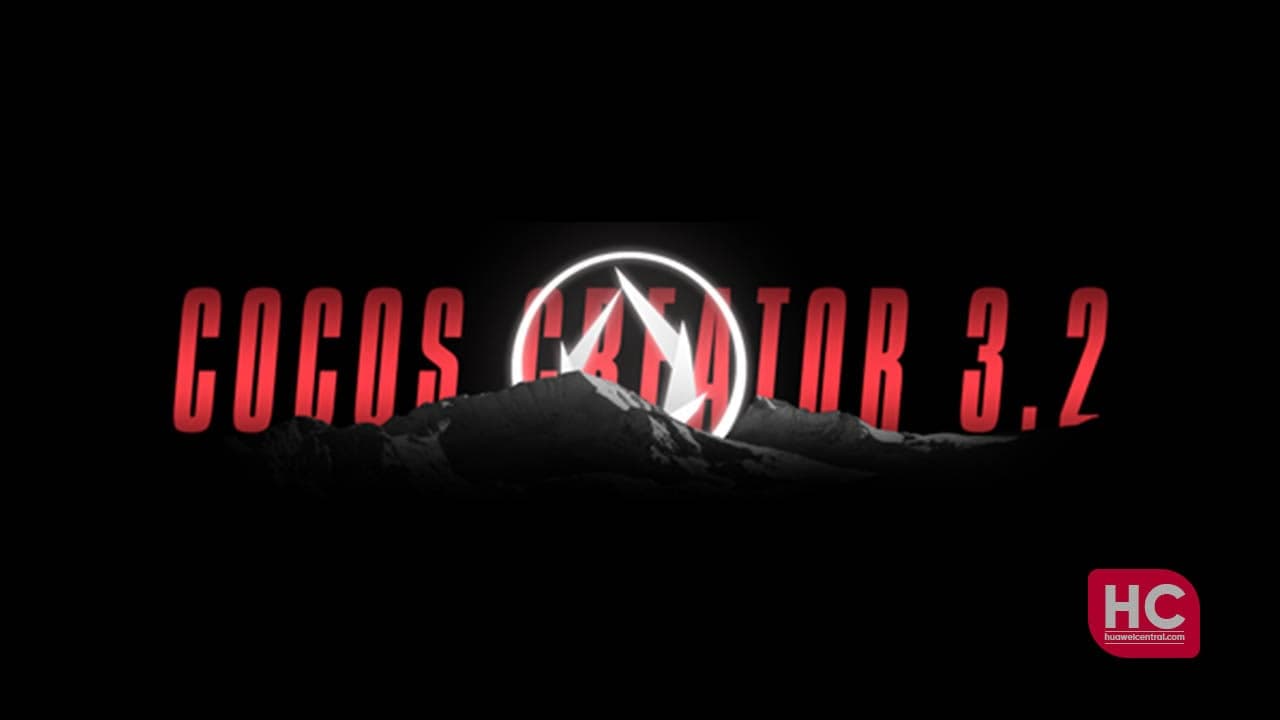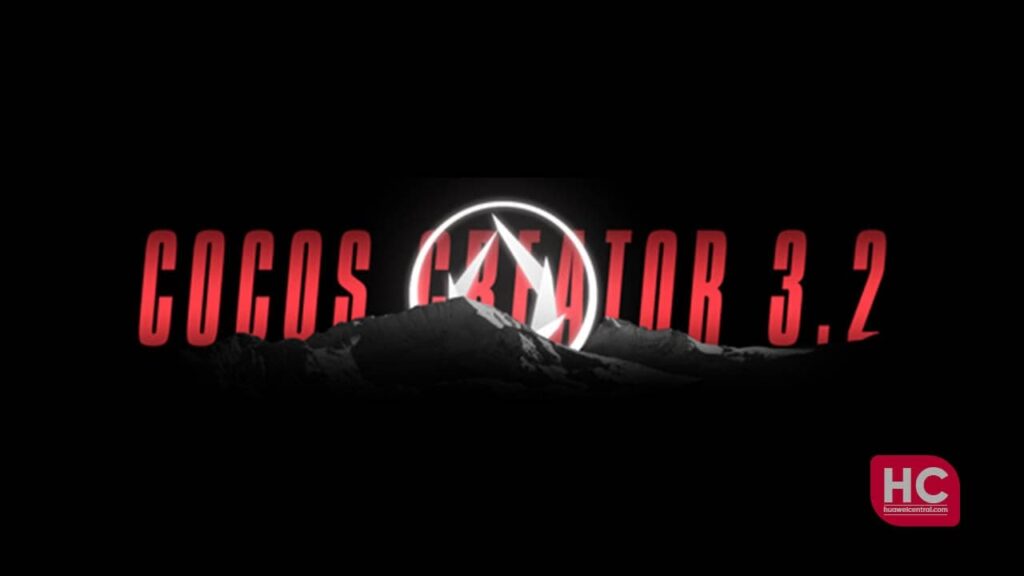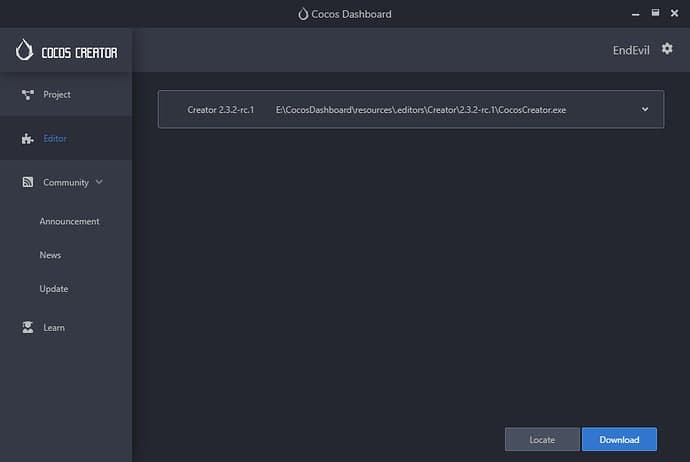News
Cocos Creator becomes the first game engine to support HarmonyOS operating system platform

Right after the unveiling of HarmonyOS 2.0, YAJI Software, the official team of Cocos stated that it will launch Cocos Creator’s updated version with HarmonyOS 2.0 support this month. And now, this version has been delivered.
Cocos Creator:
Cocos Creator is an all-in-one development tool that enables developers to create games for all major platforms, including iOS, Android, Facebook Instant Games, WeChat Mini Games, HTML5, and desktop platforms.
According to the latest information, on June 19, Cocos Creator 3.2 was officially launched at an event in Shanghai. Now, it becomes the world’s first game engine that supports the Huawei HarmonyOS system and helps to smooth the launch of heavy games of different categories such as 2D and 3D.

What’s new with Cocos Creator 3.2:
Support for building HarmonyOS application
The Cocos Creator 3.2 version supports the one-click packing of games into HarmonyOS applications. After configuring the HarmonyOS SDK and NDK paths, select HarmonyOS one-click packaging in the build panel.
Support the use of PhysX physics capabilities provided by the ByteDance
Cocos Creator and the ByteDance platform have conducted in-depth collaboration, with the experimental feature in v3.2 to support the use of PhysX physics capabilities of the ByteDance platform in ByteDance Mini-Games and more.
Coco’s dashboard:
The Cocos Dashboard provides a unified downloader and launch portal for Cocos Creator and Cocos Creator 3D engines. Also, there is a unified project management and a creation panel, which makes it easier to develop projects with a different version of the engine simultaneously.
Additionally, the developers can choose a different version of Cocos Creator when creating a new project.
Cocos CreatorDashboard Download links:

Development with HarmonyOS:
For complete game development, firstly developers need to complete the project in the Cocos creator with HarmonyOS build. Afterward, import the current project into Hauwei’s HarmonyOS DevEco Studio to compile, deploy and debug.
Also, check:
Huawei LYSA: Meet Huawei’s first virtual person, she is realistic and beautiful [Video Demo]







